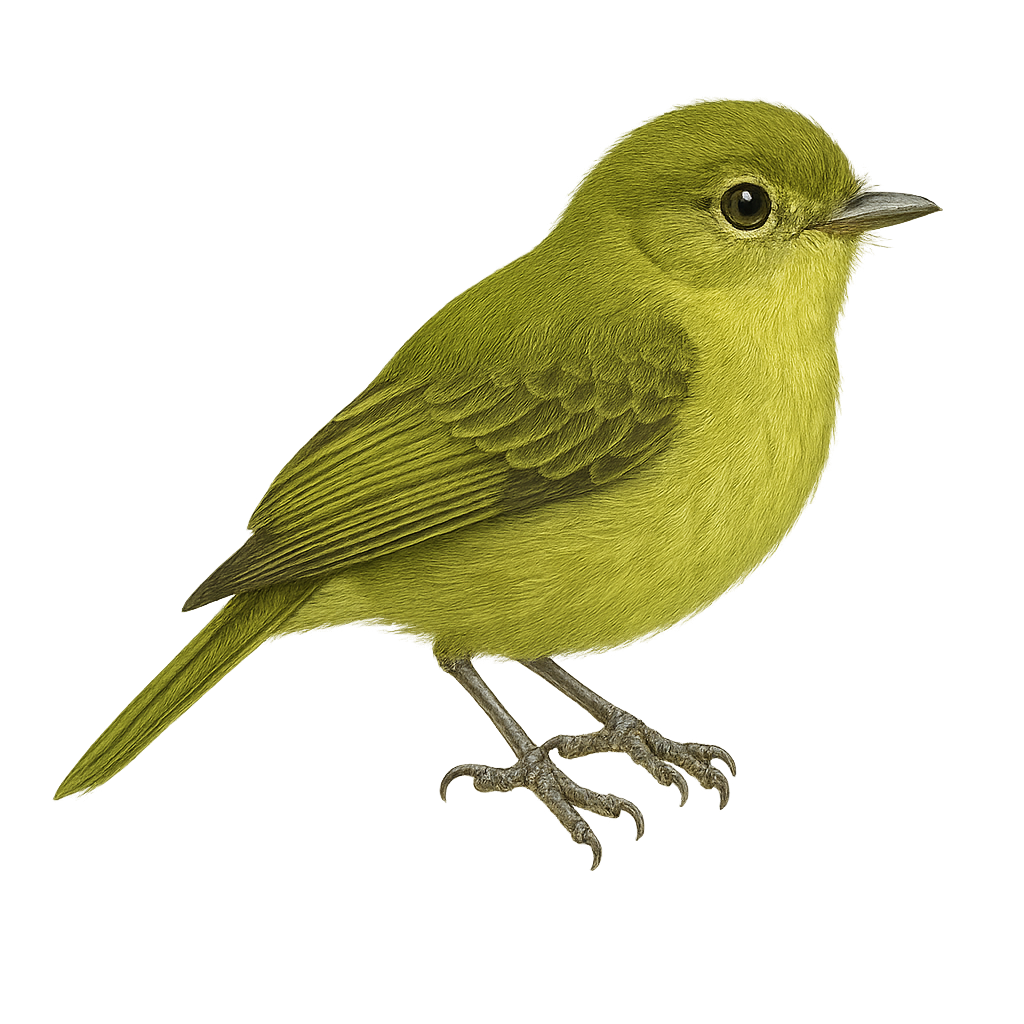Your wildlife photography guide.
Explore the minas gerais tyrannulet in detail, study its behavior, prepare your shots.
Where to observe and photograph the minas gerais tyrannulet in the wild
Learn where and when to spot the minas gerais tyrannulet in the wild, how to identify the species based on distinctive features, and what natural environments it inhabits. The WildlifePhotographer app offers tailored photography tips that reflect the minas gerais tyrannulet’s behavior, helping you capture better wildlife images. Explore the full species profile for key information including description, habitat, active periods, and approach techniques.
Minas Gerais Tyrannulet
Scientific name: Phylloscartes roquettei

IUCN Status: Endangered
Family: TYRANNIDAE
Group: Birds
Sensitivity to human approach: Suspicious
Minimum approach distance: 10 m
Courtship display: September to October
Incubation: 16-18 jours
Hatchings: October to November
Habitat:
Dry forests, savannas, scrublands
Activity period :
Primarily active during the day, with peak activity in the morning and late afternoon.
Identification and description:
The Phylloscartes roquettei, known as the Minas Gerais Tyrannulet, is a small bird endemic to Brazil, primarily found in the dry forests and savannas of the Minas Gerais state. It is characterized by its olive-green plumage and slightly darker wings. This discreet bird is often difficult to spot due to its small size and elusive behavior. It primarily feeds on insects, which it catches in flight or on leaves. The Minas Gerais Tyrannulet is an endangered species, mainly due to deforestation and habitat loss. Conserving its habitats is crucial for its long-term survival.
Recommended lens:
400 mm – adjust based on distance, desired framing (portrait or habitat), and approach conditions.
Photography tips:
To photograph the Minas Gerais Tyrannulet, it is advisable to use a telephoto lens of at least 400mm to capture detailed images from a distance. Given its suspicious behavior, it is best to stay at least 10 m away to avoid scaring it. Look for it in dry forests and savannas, where it feeds on insects. The natural light of the morning or afternoon is ideal to highlight its olive-green plumage. Be patient and discreet to maximize your chances of observing and photographing this rare bird.
The WildlifePhotographer App is coming soon!
Be the first to explore the best nature spots, track rutting seasons, log your observations, and observe more wildlife.
Already 1 430 wildlife lovers subscribed worldwide

